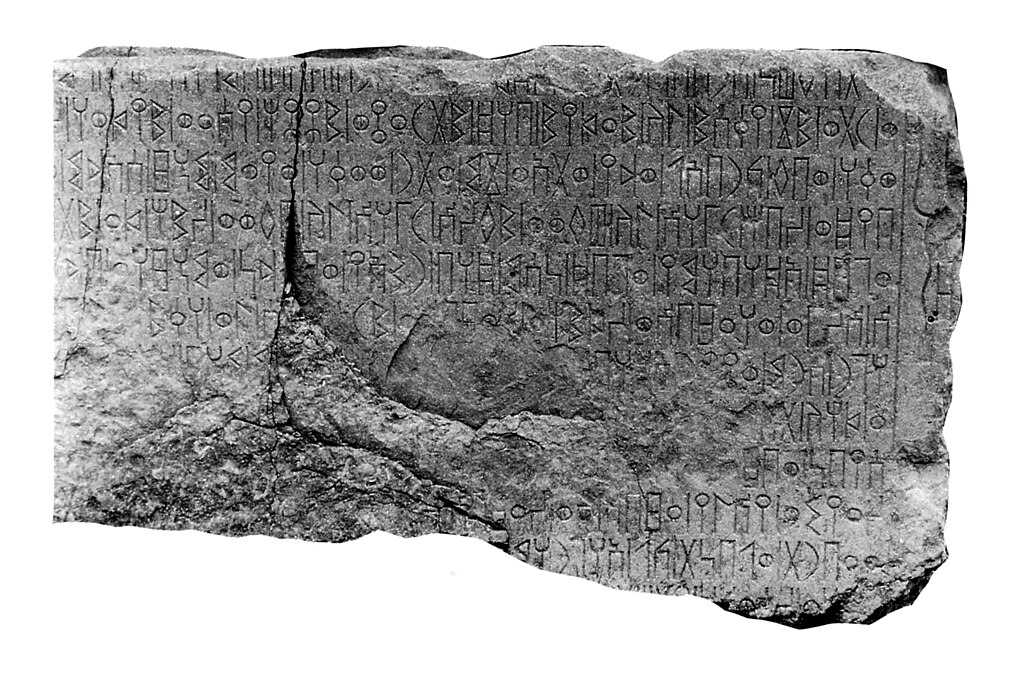Hello everyone, I hope you enjoy this week's episode on the rise of the kingdom of Aksum. Starting as a minor agrarian township in the Ethiopian highlands, Aksum soon became a powerful empire rivaled only by Rome, Persia, and China.
Author's note: the last power in the quotation attributed to Mani is a subject of scholarly debate. While most mainstream sources believe he is referring to China, some claim that he was, in fact, referring to the Kushan empire of Northern India. If this is true, the four states he mentions were the only four states presently capable of minting gold coins during Mani's lifetime. The ability to mint gold coins may have been Mani's barometer for a state's power and prestige.
 |
| Tomb of the legendary Aksumite king Bazen, who is often equated with the biblical magus, Balthazar. Built ~20 AD |
|
| As described in this week's episode, Aksum's rise primarily came about as a consequence of three outside factors and two internal factors. The first of these was the rise of the Ptolemaic kingdom in Egypt. The Ptolemaic kingdom put a larger emphasis on expanding its influence in the Red Sea trade system. It began patrolling the Red Sea with a massive fleet of ships, the most intimidating of which was the Octere. These enormous oar-propelled ships were the dreadnoughts of their day, especially dominant in the shallow inland seas like the Mediterannean and Red seas. With the backing of this powerful navy, the Ptolemaic kingdom projected its economic influence throughout the Red Sea region. In order to secure safe passage through the waters of the Red Sea, the incense merchants of East Africa were forced to offer their products at lower prices to the Ptolemaic merchants. With the price of their most important export declining, so too fell the economies of Aksum's trade dependent neighbors, like Adulis, Qohaito, and Yeha. |
 |
| A Ptolemaic Octere Ship: from the Naval Encyclopedia |
Aksum, on the other hand, was barely affected by this change. The city's economy was based primarily on the exportation of Ethiopian pepper and teff, which were much less affected by the Ptolemy's naval influence in the region. The kings of Aksum used the weakening of their neighbors to expand their own influence into their floundering East African rivals, soon growing to become the undisputed hegemon of the Ethiopian highlands.
One king of Aksum that went unmentioned in the podcast due to the lack of records surrounding his life was the legendary king Bazen, who supposedly ruled Aksum from around 20 BC to 20 AD. Bazen's life is largely enigmatic, though it's worth noting that in the tradition of Ethiopian Christianity he is equated with the king Balthazar, known for his gift of myrrh to the baby Jesus.
However, the first major move made by Aksumite kings to propel the city from a local power into a regional kingdom was the conquest of Adulis by the king Za Haqala in the late First Century AD. Adulis was an incredibly important port on the Red Sea coast, and its conquest allowed Aksum to become the preeminent trade power in the region.
 |
| Remains of a Roman-Egyptian style church in Adulis ~5th Century AD. |
In 30 BC, the fall of the Ptolemaic Kingdom and its conquest by the Roman empire led to a resurgence of the incense trade. Not only was the primary cause of the price's decline gone, but a new, wealthier customer had taken its place. With the failure of a Roman invasion of Saba a few years later, it became clear that Roman influence in the Red Sea would be more limited. However, the damage done by the Ptolemaic kingdom had already been done in Arabia. The kingdom of Saba had collapsed into civil war, with multiple kingdoms declaring their independence from the capital of Marib. In order to secure a monopoly on the recovering incense market, future Aksumite kings would see increasing their influence in southern Arabia as their foremost policy goal.
 |
Map of East Africa and Arabia ~100 AD
|
This week will be accompanied by a premium episode about the Periplus of the Erythraean Sea, one of the primary sources about the economic and political situation of the Indian Ocean during this period. If you'd like to learn more about this interesting source from an ancient globalized world, access any of our previous premium episodes, or help pay for the hours of unpaid work that we put into researching, recording, and editing the show, support us on
Patreon for just $1.99 per month.











